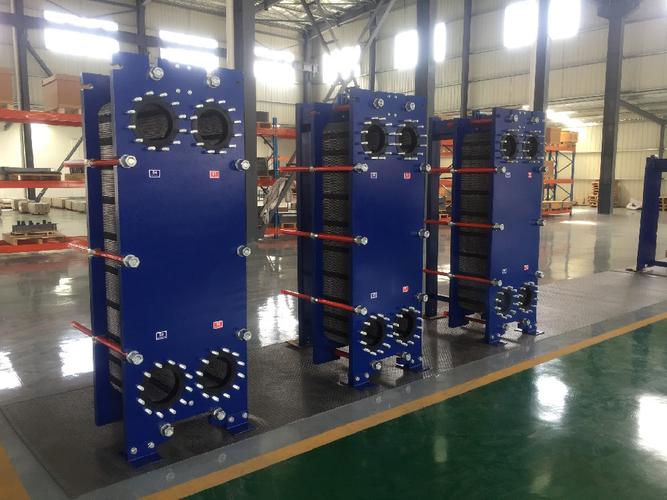Lord Fin Tube-Plate heat exchanger advantages
What is Plate Heat Exchanger?
A plate heat exchanger (PHE) is a type of heat exchanger that uses metal plates to transfer heat between two fluids. This design contrasts with traditional heat exchangers, where fluids pass through a series of tubes. The plate heat exchanger is known for its high efficiency and compact size.
Plate Heat Exchanger Structure and Design:
1. Plates: Thin, corrugated metal plates are used to create a large surface area for heat transfer. The plates are typically made of stainless steel or titanium.
2. Gaskets: Gaskets are placed between the plates to seal the spaces and direct the flow of fluids through alternate channels.
3. Frame: The plates are mounted in a frame that holds them together and allows for easy assembly and disassembly.
4. Flow Arrangement: Fluids flow through alternate channels formed by the plates, allowing for efficient heat exchange.
Plate Heat Exchanger Types:
1. Gasketed Plate Heat Exchangers: These use gaskets to seal the plates and guide the fluids.
2. Brazed Plate Heat Exchangers: The plates are brazed together, creating a permanent, compact unit without gaskets.
3. Welded Plate Heat Exchangers: The plates are welded together, offering higher pressure and temperature capabilities.
4. Semi-Welded Plate Heat Exchangers: A combination of welded and gasketed designs for handling aggressive fluids and high pressures.
Plate Heat Exchanger Advantages:
1. High Efficiency: The large surface area of the plates allows for efficient heat transfer.
2. Compact Size: PHEs have a smaller footprint compared to traditional shell and tube heat exchangers.
3. Flexibility: Easy to add or remove plates to adjust capacity.
4. Ease of Maintenance: Gasketed PHEs can be easily disassembled for cleaning and maintenance.
Plate Heat Exchanger Applications:
1. HVAC: Used in heating, ventilation, and air conditioning systems.
2. Refrigeration: For evaporators and condensers.
3. Industrial Processes: In chemical, pharmaceutical, and food processing industries.
4. Power Plants: Used in various stages of power generation.
Plate Heat Exchanger Working Principle:
1. Flow Configuration: Fluids enter the heat exchanger from opposite sides and flow through alternate channels formed by the plates.
2. Heat Transfer: Heat from the hot fluid is transferred through the plate material to the cold fluid on the other side.
3. Counter-Flow Arrangement: Often, PHEs use a counter-flow arrangement where fluids flow in opposite directions, maximizing the temperature gradient and heat transfer efficiency.
Plate heat exchangers are valued for their ability to provide efficient heat transfer in a compact form, making them ideal for a wide range of applications where space and efficiency are critical.


